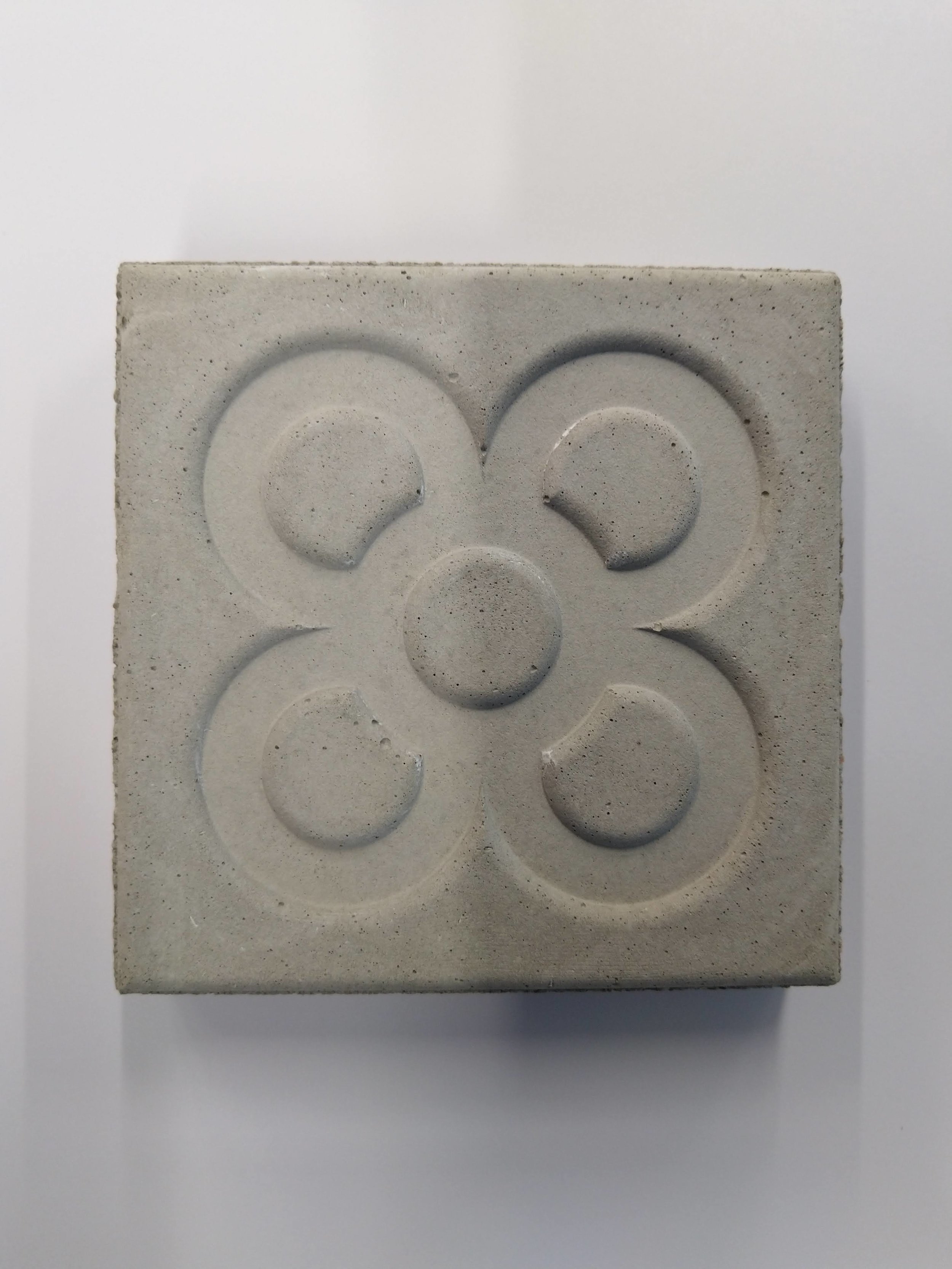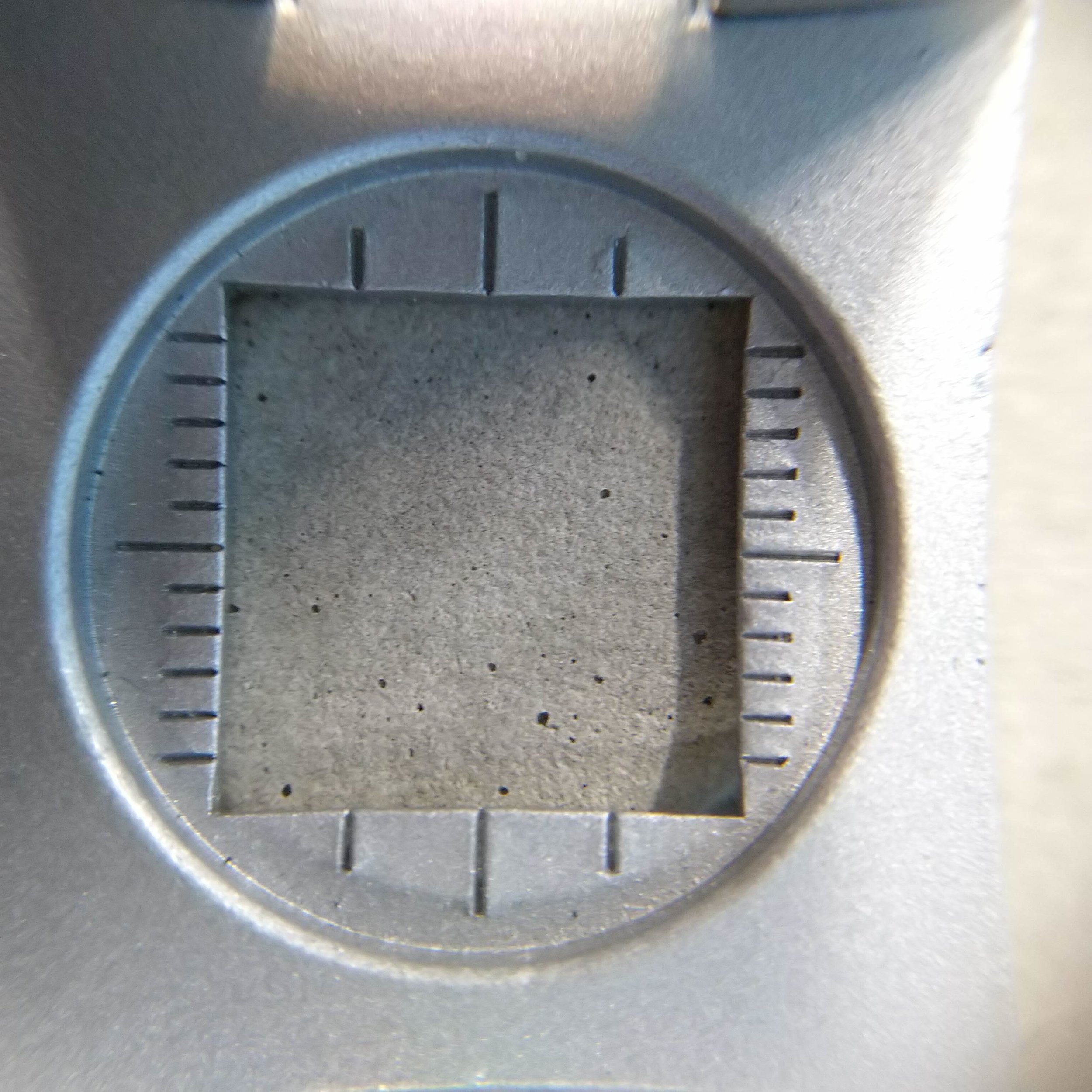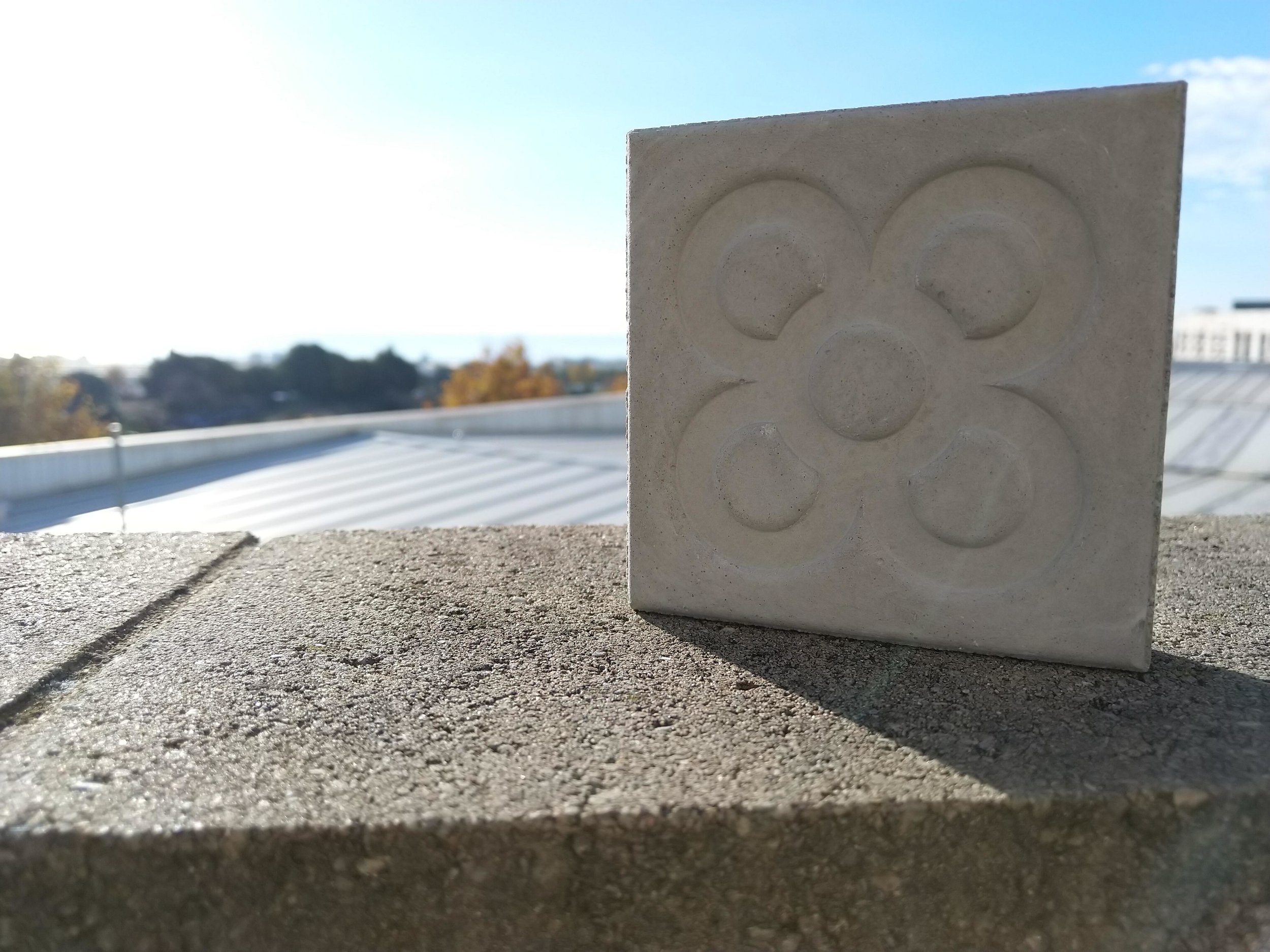![Concrete produced with 3D printing byproducts [Image: FICEP S3]](https://fabbaloo.com/wp-content/uploads/2020/05/0_img_5eb0a118bc12c.jpg)
Sustainability is a major issue in today’s world, and additive manufacturing may be able to help the concrete industry lower CO2 emissions.
The manufacture of cement, a major ingredient in creating concrete, is among the largest producers of greenhouse gas emissions in the world. Environmental impacts of concrete manufacture are well known, but not being widely addressed even as scientists publish reports on the dire state of human-caused impact to our planet. Cement production contributes as much as 7% of global greenhouse gas emissions; the OECD notes:
“The cement sector is the third-largest industrial energy consumer and the second-largest industrial CO2 emitter globally. Rising global population and urbanisation patterns, coupled with infrastructure development needs, drive up the demand for cement and concrete and increase pressure to accelerate action in reducing the carbon footprint of cement production.”
So how can 3D printing help?
Almost counterintuitively, waste from additive manufacturing may be able to create a more sustainable alternative to traditional concrete.
“I have been working on recycling 100% of the byproducts of powder based 3D printing, like our MJF and SLS, over the last few months. When I say 100%, it’s 100%, the unusable powder, agents dyes, even the dust from the filters of our sandblasting unit,” FICEP S3 Co-Founder Nuno Neves told me of the project. “The product we have been producing can be used for building material, basically a concrete and brick substitute.”


Spain-based FICEP S3 has created a new system that gives new life to the waste products from 3D printing and post-processing parts, creating a new hybrid concrete. Recycling the residual byproducts of powder-based additive manufacturing technologies creates functionality from waste. While additive manufacturing is itself often lauded as an environmentally friendly production process due to the reduction of material input, this benefit is comparative to traditional subtractive methods and does not mean that zero waste is created.
Thus Project BCN, taking non-biodegradable waste from FICEP’s SLS and MJF 3D printing operations.
The company’s new system — which was made using many 3D printed parts, of course — was designed to automatically ensure the appropriate material mixture for the production of viable concrete. Traditionally made using cement and aggregate, the new hybrid concrete from Project BCN turns now to these 3D printing byproducts to get that right mix. Months of experimenting have led to increasingly successful tests, and FICEP is now ready to present the system.
The company notes that 3D printed molds with designs “inspired by the modernist works of Josep Puig i Cadafalch, found throughout the city of Barcelona” have proven successful with their new concrete. The resulting concrete in these final products showcases a mechanical resistance equivalent to traditional concrete.
![[Image: FICEP S3]](https://fabbaloo.com/wp-content/uploads/2020/05/028229_img_5eb0a11f0901b.jpg)
Following the recent successes in in-house testing, FICEP S3 is looking to take Project BCN beyond its base in Vilassar de Balt, Barcelona and is “currently negotiating with possible partners to bring this new product to market on a global scale.”
Sustainability can mean many things, and frankly it needs to go beyond a buzzword in manufacturing. Some approaches in 3D printing refer to the creation and use of biodegradable materials, some to the reduction of material use or of offgassing, some to recycling and upcycling to create something new. Project BCN is taking otherwise unusable materials from a busy production center to create a material in massive global demand. With 3D printing on the rise and, indeed, some 3D printing projects even working with concrete, such an approach may provide a step toward more a sustainable broad ecosystem of production and construction.
Via FICEP S3











An inventive designer has developed a method for producing 3D paper objects using recycled paper and 3D printed molds.